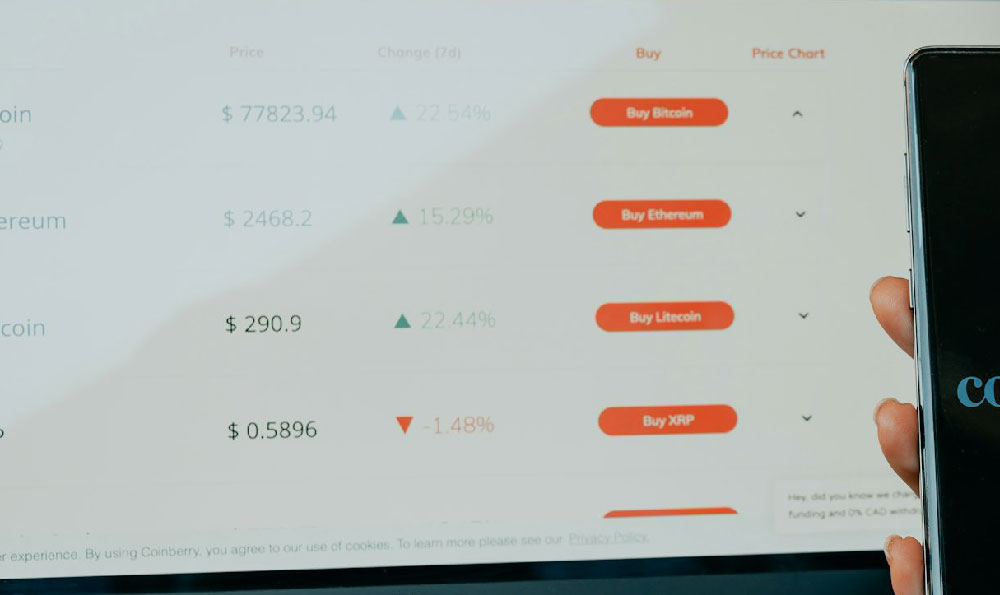Okay, here's an article addressing the topic "How do CD investments work, and are they right for you?" as requested.
Certificates of Deposit (CDs) are a staple in the world of fixed-income investments, often lauded for their simplicity and predictability. Understanding how they function and whether they align with your financial goals is crucial before allocating any capital. In essence, a CD is a type of savings account that holds a fixed amount of money for a fixed period of time, known as the term. In exchange for locking away your funds, the bank or credit union agrees to pay you a specific interest rate, which is usually higher than that offered on regular savings accounts. This interest is typically compounded and credited to your account regularly, usually monthly, quarterly, or annually.
The mechanics are straightforward. You deposit a lump sum of money into the CD, agreeing to leave it untouched for the entire term. Terms can range from a few months to several years. At the end of the term, the CD matures, and you receive your original principal plus the accumulated interest. The attractiveness of CDs stems from this predictability. Unlike stocks or bonds, where market fluctuations can significantly impact your investment's value, the interest rate on a CD is fixed at the outset, providing certainty about the return you'll receive, assuming you hold the CD to maturity. This inherent safety makes CDs a popular choice for risk-averse investors or those seeking to preserve capital.

However, this safety comes with a trade-off: liquidity. Accessing your funds before the CD matures typically incurs a penalty. This penalty is usually a portion of the interest earned, but in some cases, particularly with longer-term CDs, it could potentially erode a portion of your principal. Therefore, it's imperative to only invest funds in a CD that you won't need access to during the term. Carefully assess your cash flow needs and emergency fund before committing to a CD. Premature withdrawal penalties can negate any potential gains and disrupt your financial plan.
The interest rates offered on CDs are influenced by a variety of factors, primarily the prevailing interest rate environment, set by central banks. When interest rates are rising, CDs tend to offer higher yields to attract investors. Conversely, when interest rates are falling, CD yields tend to decline. The term of the CD also plays a role. Longer-term CDs typically offer higher interest rates than shorter-term CDs, as they require you to commit your funds for a more extended period. The financial institution's overall health and competitive landscape also factor into the rates offered. Before investing, it's wise to shop around and compare CD rates from different banks and credit unions to ensure you're getting the best possible return. Online banks often offer more competitive rates than traditional brick-and-mortar banks due to their lower overhead costs.
Determining whether CDs are the right investment for you requires a careful evaluation of your individual circumstances, risk tolerance, and financial goals. If you're seeking a low-risk, predictable investment with a guaranteed return and don't need immediate access to your funds, CDs can be a suitable option. They're particularly well-suited for short-term savings goals, such as saving for a down payment on a house or a vacation, where preserving capital is paramount.
However, CDs may not be the best choice for everyone. If you're seeking high growth potential, you'll likely need to consider riskier investments, such as stocks or real estate. While CDs offer stability, their returns are generally lower than those of riskier assets. Moreover, in periods of high inflation, the real return on a CD (the return after accounting for inflation) may be negligible or even negative. If inflation outpaces the CD's interest rate, the purchasing power of your savings will erode over time.
Another consideration is the concept of laddering CDs. This strategy involves dividing your investment capital into multiple CDs with staggered maturity dates. For example, you might invest equal amounts in CDs with terms of one year, two years, three years, four years, and five years. As each CD matures, you reinvest the proceeds into a new five-year CD. This approach provides a balance between liquidity and yield. You have some CDs maturing each year, providing access to funds if needed, while also benefiting from the potentially higher interest rates offered on longer-term CDs. Laddering can also help to mitigate the risk of interest rate fluctuations.
Ultimately, the decision of whether or not to invest in CDs is a personal one. There are alternatives to consider, such as high-yield savings accounts, money market accounts, or even short-term bond funds. Each has its own advantages and disadvantages in terms of yield, liquidity, and risk. Before making any investment decisions, it's always advisable to consult with a qualified financial advisor who can assess your individual circumstances and provide personalized recommendations. They can help you develop a comprehensive financial plan that aligns with your goals and risk tolerance, ensuring that your investment choices are well-informed and strategically sound. Consider FDIC or NCUA insurance coverage to further protect your deposits, which typically insures deposits up to $250,000 per depositor, per insured institution. Remember that investment decisions should be made with a long-term perspective, considering both potential returns and inherent risks, with professional guidance where necessary.












